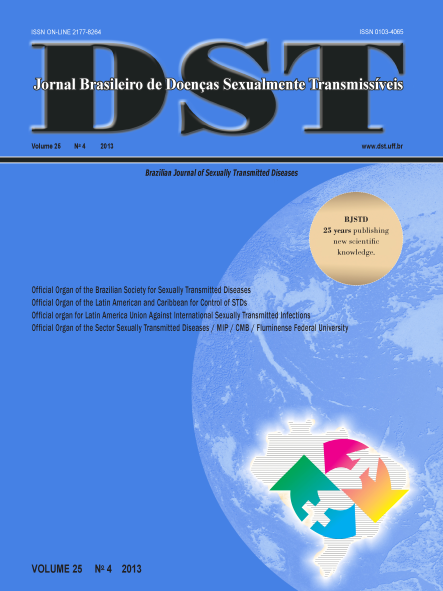Endocervical biofilms in women with endogenous infections in the lower genital tract
in vitro study
Keywords:
biofilms, vaginal tract, cervical tract, womenAbstract
Introduction: The biofilm is one life form of microorganisms (MOs). On mucous membranes of women without and with endogenous infections, they are part of the normal microbiota and cause pathologies. We have demonstrated previously the participation of biofilms in chronic forms of vulvovaginal candidiasis (VVC), the influence of other microorganisms in its formation and evolution, in bacterial vaginosis (BV) and aerobic vaginitis (AV). Objective: To analyze the endocervical biofilms in women with or without vaginal infections (VI) comparing them with vaginal biofilms. Methods: We studied 22 women, 9 non-pregnant (NP) and 13 pregnant (P). Each patient was gynecologically evaluated, and a vaginal sample (VS) was taken with an aspersorium and an endocervical sample was taken with cytobrush (CB). We performed a fresh examination, pH determination and amine test. Both samples were inoculated in suitable culture medium. After each one, Gram staining and optical microscopy with crystal violet were performed for the study of BF. These were put into Sabouraud broth. All samples were incubated at 35°C for 20-24 hours. Results: We have discovered 9 women without pathology and with normal microbiota (NM) and 13 with vaginal infections (VI): bacterial vaginosis (BV) – 6 (4P); vulvovaginal candidiasis (VVC) – 4 (3P); vaginitis and intermediate microbiota (IMB) – 3 (1E). The notable differences were: inflammatory response in the cytobrush compared to the one found in the vaginal samples of women with vaginal infections (10/13), including women with bacterial vaginosis who did not have inflammatory response in the vaginal sample. In the cytobrush of women with normal microbiota, this response occurred only in 1 case (1/9). It was also observed the formation of microfilms of Gram-positive cocci (mostly Enterococcus spp) in the cytobrush of 84.6% (11/13) of the women with vaginal infections and in 66.6% (6/9) of the women with normal microbiota. Among the latter, mixed biofilms were observed in 3 cases with the presence of Gram-positive Bacilli (Actinobaculum (anaerobic) or Actinomyces). Conclusion: Something that called our attention was that the formation of biofilms of Enterococcus and other species of Streptococcus and Satphylococcus in the cytobrush of women with vaginal infections in whose vaginal samples these microorganisms were not observed nor recovered significantly. This is a risk since they can initiate an upper genital tract infection (UGTI). In the 4 P with BV, this risk is added to the risk associated with the BV. The question is whether the complications arising from this in pregnancy are not a result of such behavior. In the women with normal microbiota, the biofilms that have Gram-positive cocci can also represent a notable risk in the moment of performing instrumental procedures.












